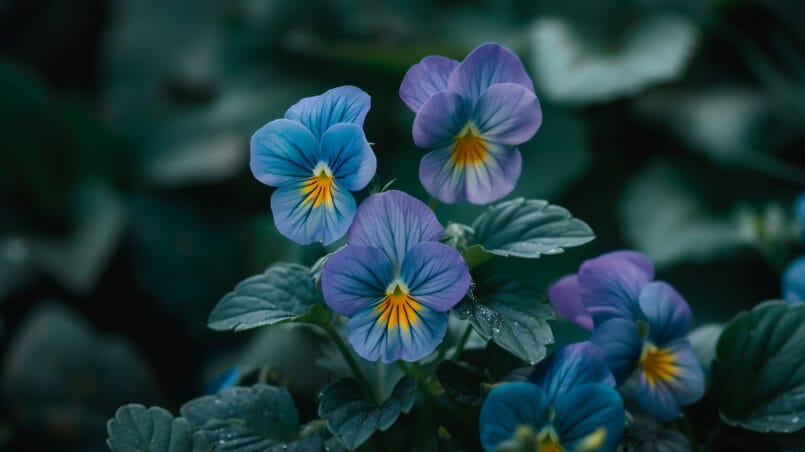Did You Know That Your Garden Can Thrive Even in the Coldest Months?
Winter doesn’t have to mean the end of gardening season. With the right preparation and plant choices, your garden can continue to thrive, even when temperatures drop. Whether you’re looking to grow crisp winter greens, vibrant cold-weather flowers, or simply keep your gardening spirit alive, this guide will help your winter garden to thrive.
“In this guide, you’ll discover the best winter plants to grow, tips to protect them, and how to make the most of your garden year-round.”
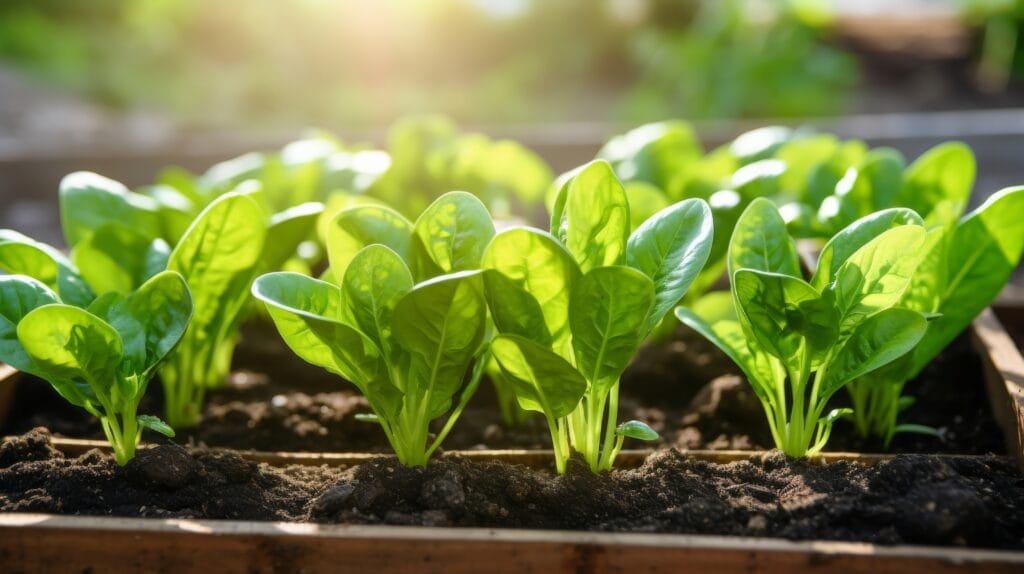
What is Winter Garden?
Winter gardening is the practice of growing plants during the colder months, typically from late autumn through early spring. Unlike traditional gardening, which peaks in warmer seasons, winter gardening focuses on cultivating cold-hardy crops, using protective techniques.
By embracing winter gardening, you can:
- Enjoy fresh, homegrown produce year-round.
- Cultivate beautiful winter blooms to brighten your garden.
- Reduce your reliance on store-bought imports, contributing to sustainable living.
- Experience the therapeutic benefits of gardening, even when the ground is frosty.
Best Winter Plants to Grow
“Cold-Hardy Plants for a Thriving Winter Garden”
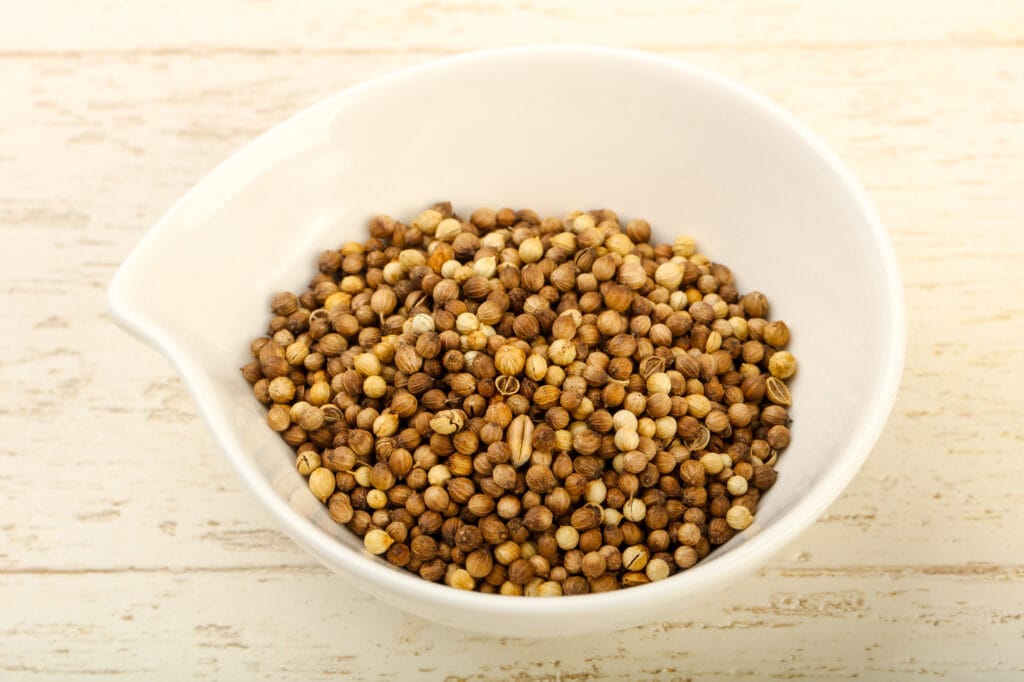
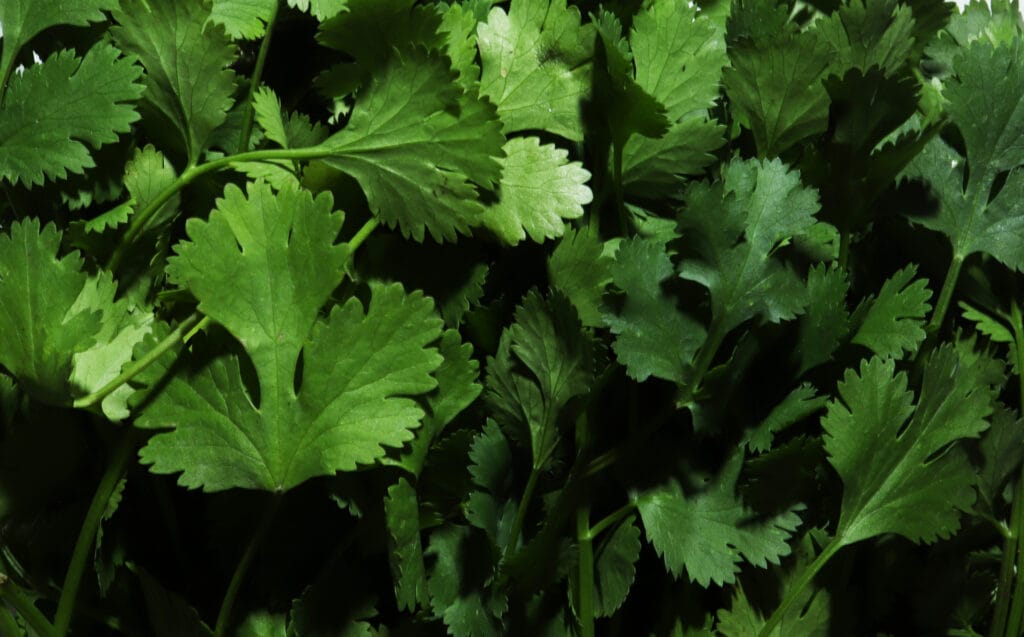
- Vegetables: Spinach, kale, carrots, radishes, onions.
- Herbs: Parsley, thyme, cilantro.
- Flowers: Pansies, violas, winter jasmine.
- Fruits: Hardy berries like cranberries or winter citrus varieties
| Plant | Planting Time | Harvesting Time |
| Spinach | Late summer to early autumn | Late autumn to winter |
| Kale | Late summer to early autumn | Winter to early spring |
| Carrots | Late summer to early autumn | Winter |
| Radishes | Early autumn | Late autumn to winter |
| Onions | Early autumn | Winter to early spring |
| Parsley | Early autumn | Late autumn to winter |
| Thyme | Early autumn | Harvest year-round |
| Cilantro | Early autumn | Late autumn to winter |
| Pansies | Early autumn | Autumn to winter |
| Violas | Early autumn | Autumn to winter |
| Winter Jasmine | Autumn | Winter to early spring |
| Cranberries | Spring to autumn | Late autumn to winter |
| Winter Citrus | Autumn | Late autumn to winter |
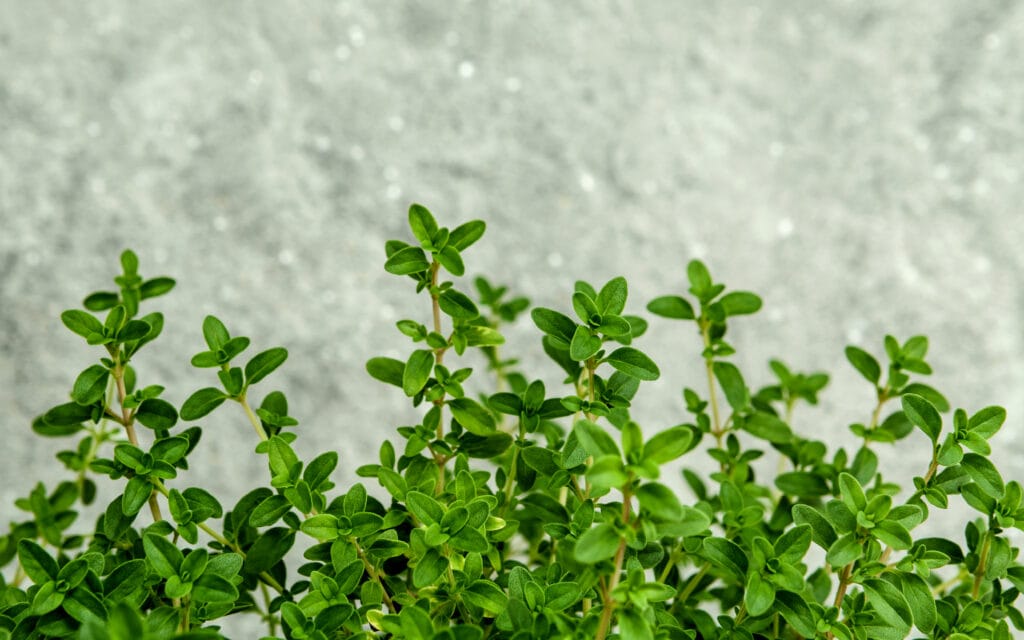
Preparing Your Winter Garden
Winter gardening requires a bit of planning and preparation to ensure your plants thrive despite the cold.
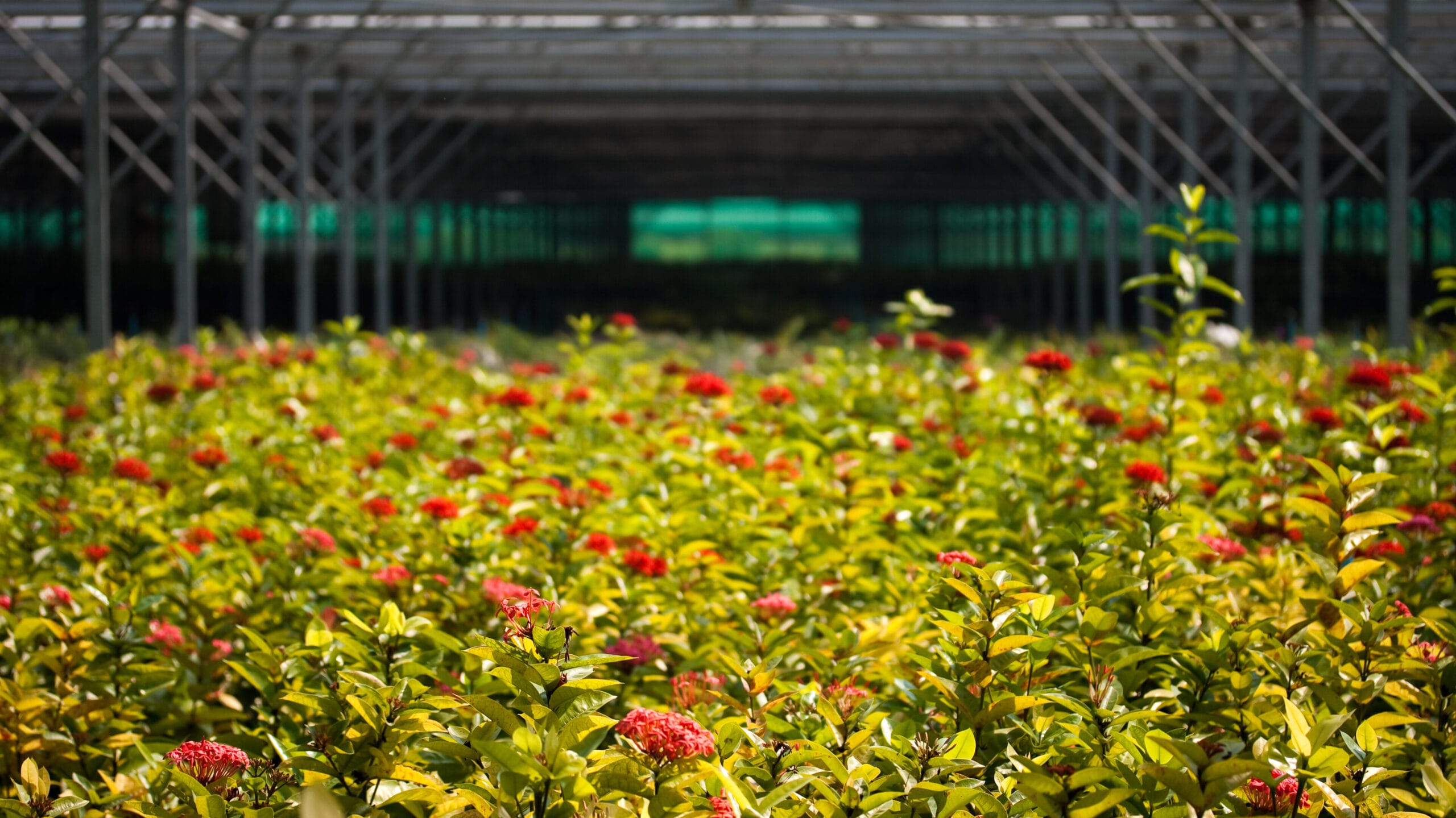
From enriching your soil to shielding crops from frost, these tips will help you set up a productive and vibrant garden even in chilly weather.
1. Soil Preparation for your winter garden
Healthy soil is key to any thriving garden, especially in winter when plants grow more slowly and need extra support.
- Enrich with Organic Matter:
Add fertilizer or well-decomposed fertilizer to improve soil fertility and composition.
These materials help to keep moisture and nutrients, which are essential for plants during winter.
- Improve Drainage:
Winter brings extra moisture from rain or snow. Ensure proper drainage to prevent waterlogging, which can damage the roots.
Adding sand to raised beds or heavy clay soil can help.
- Maintain Soil Warmth:
Use mulch (straw, chopped leaves, or wood chips) to separate the soil.
It protects the ground from freezing and keeps a stable temperature, which encourages the growth of roots.
- Soil Testing:
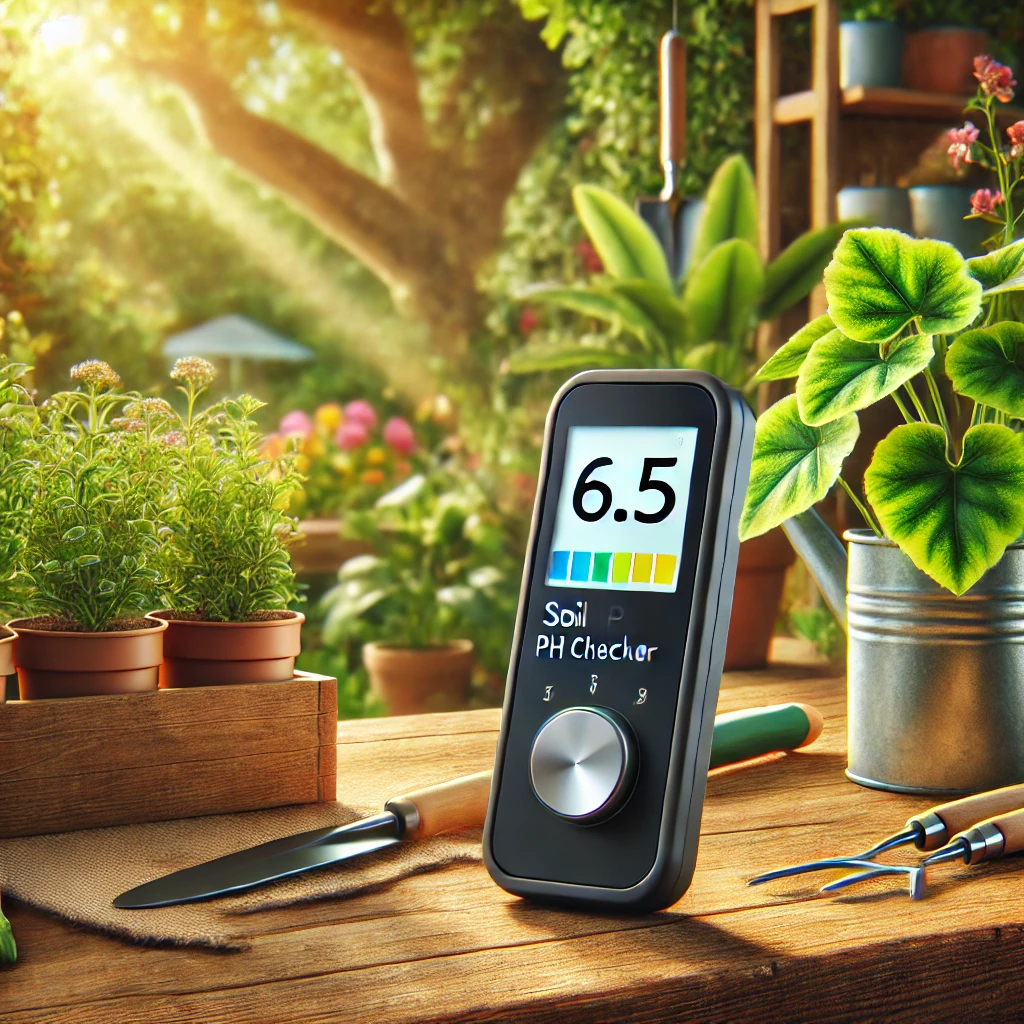
Check your soil’s pH and nutrient levels before planting. Winter crops prefer slightly acidic to neutral soils (pH 6.0–7.0).
If necessary, adjust some lime or sulfur in the soil as lime. Lime is typically used to raise the pH (make the soil less acidic), while sulfur is used to lower the pH (make the soil more acidic).
2. Frost Protection: Shielding Plants from the Cold
Frost is the biggest challenge for winter gardeners, but with the right tools, you can protect your plants effectively.
- Use Mulch and Coverings:
Spread a thick layer of mulch around the base of plants to insulate the soil and protect shallow roots.
Cover crops with frost blankets, row covers, or garden fabric to create a buffer against freezing air.
- Cold Frames and Cloches:
Cold frames are small, enclosed structures that trap heat and shield plants. They’re ideal for greens like spinach and lettuce.
Cloches are individual coverings, often made of glass or plastic, placed to protect fragile plants from frost.
- Position Your Plants Strategically:
Plant close to walls or fences that can radiate heat at night.
Utilize natural windbreaks to reduce exposure to cold winds.
3. Timing: Planting at the Right Time
Timing your planting is crucial to ensure plants mature before the harshest winter conditions set in.
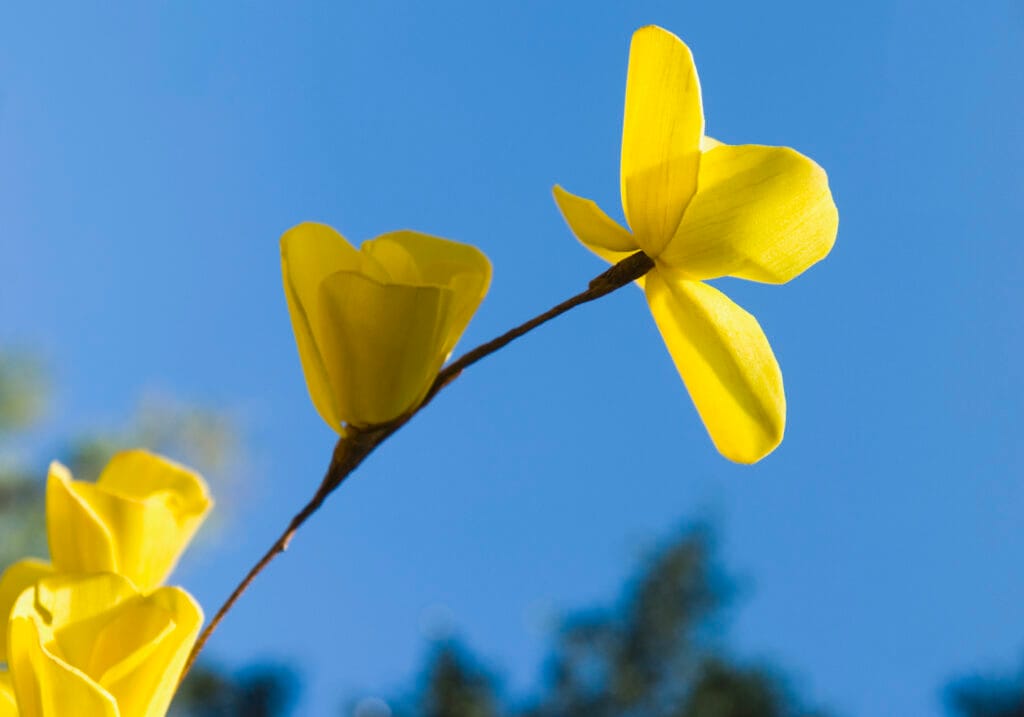
- Start Early:
Sow seeds in late summer or early autumn for most winter vegetables and flowers. This gives them time to set up roots before the ground gets too cold.
Fast-growing crops such as radishes and cilantro can be planted in early fall for a quick harvest.
- Consider Germination Times:
Some crops, like carrots and onions, have longer germination periods. Start these earlier to ensure they have enough time to develop.
- Stagger Planting:
Plant crops in intervals to ensure a continuous harvest throughout winter. For example, sow spinach every two weeks for a steady supply.
4. Placement: Maximizing Sunlight and Warmth
Placement plays a significant role in helping winter plants thrive, as sunlight and warmth are limited during the colder months.
- Choose South-Facing Areas:
Plant in spots that get the most sunlight, typically south-facing locations. Winter crops need at least 4–6 hours of sunlight daily to grow well.
- Group Plants by Needs:
Place cold-sensitive plants in more protected areas, such as near walls or inside a greenhouse. Hardy plants like kale and spinach can withstand open exposure.
- Utilize Reflective Materials:
Position reflective surfaces like aluminum foil or white-painted boards around your garden to bounce sunlight onto your plants, maximizing their exposure.
- Improve Spacing:
Avoid overcrowding plants, as this reduces airflow and increases the risk of fungal diseases, especially in damp winter conditions.
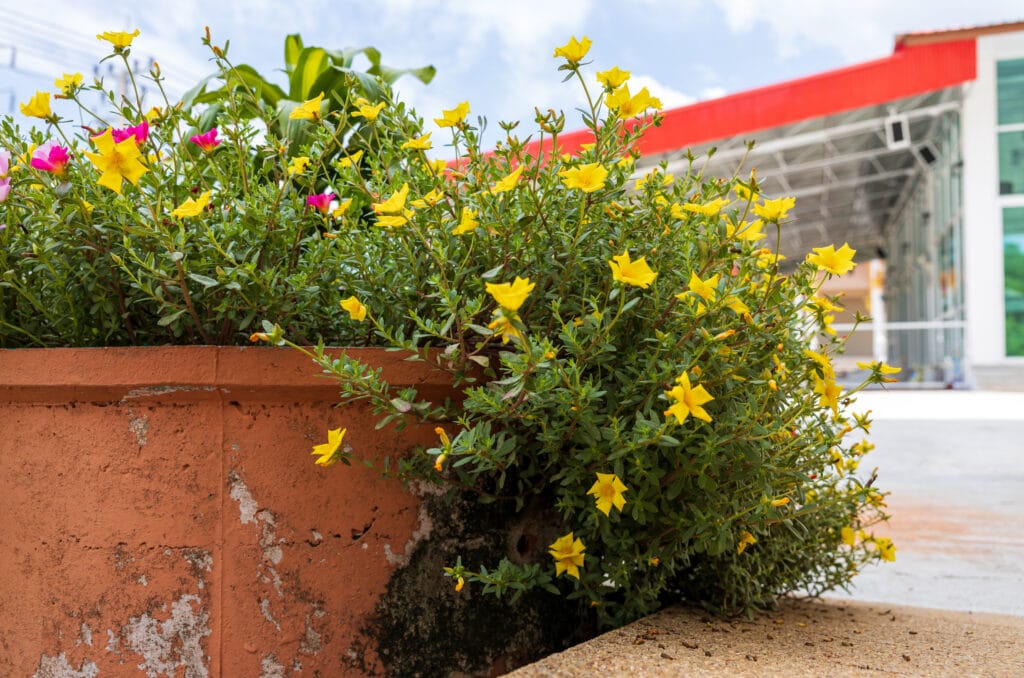
Conclusion
Winter gardening isn’t just about keeping your garden alive — it’s about discovering the beauty and abundance that cold months can bring. So, what’s stopping you? Start today and share your winter gardening journey with us!
What are your favorite plants to grow in winter? Share your tips in the comments!

